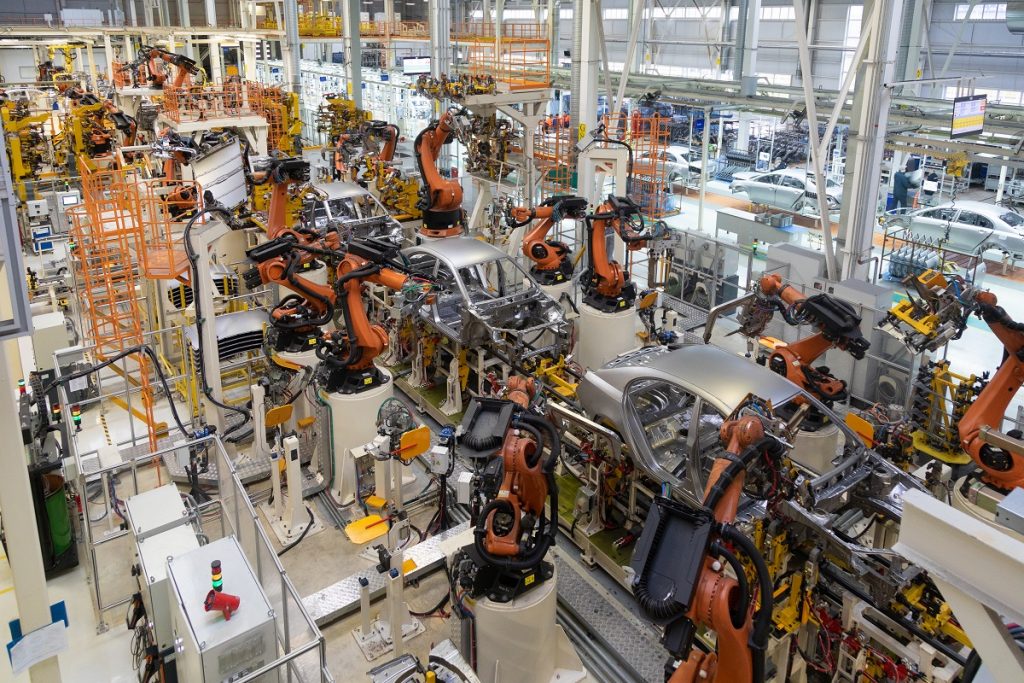Have you ever heard about total productive maintenance? If you’ve been in the production industry, you might have heard before. TPM is an eight-pillared program for enhancing the efficiency of equipment and processes. This approach is important for any business to achieve the optimal workflow. So, what else does TPM have to offer? How can this method help with your business? Let’s dig deeper.
The 5S Foundation
5S is a cornerstone of every TPM program. It is the foundation that leads to an organized, clean, and self-maintaining workplace. Without it, the TPM initiative can result in inefficiency, indiscipline, and disorganization. Here are the five simple steps of 5S:
Sorting
It means keeping tabs on the important items in the workplace and getting rid of what’s not. It helps maintain our focus on what matters.
Setting in Order
Keeping everything in order makes it easier to locate goods and raw materials. It improves the flow of work across various processes. Thus, saving more time and energy for your employees.
Shining
A neat and orderly workplace helps improve worker morale. More so, it instills the value of discipline, which affects productivity.
Standardizing
Making proper documentation of any improvements is necessary to keep track of everything. It will also serve as the basis for future upgrades and training.
Sustaining
One of the most critical aspects of the 5S foundation is sustaining. By performing several audits, you can ensure that your process meets the standards. It also helps stabilize your operations and gauge for areas that need improvement.
The 5S program sets the pace for the implementation of TPM. After developing it as the foundation, you can now introduce TPM.
The Pillars of TPM
There are eight pillars of TPM. Each pillar aims to establish machine and workplace reliability. It is a system built on a defined set of principles and structures. Thus, we should interpret it as a tool that requires planning and organization.
1. Autonomous Maintenance
This pillar focuses on designating the right tasks for the right individuals. Because of their technical ability, the maintenance staff must focus on complex tasks. On the other hand, other tasks will be the responsibility of operators.
By setting boundaries in responsibilities, employees can work efficiently. It also balances the organizations and prevents interruptions in the process.
2. Planned Maintenance
Equipment maintenance should follow specific machine behavior. Scheduling these maintenance activities will reduce the chances of machine breakdowns and failure. This strategy works in contrast to reactive procedures. It lowers production risks by preventing problems instead of waiting for them to happen.
3. Quality Maintenance
It is important to ensure that production equipment can identify and avoid mistakes. Quality is a critical element in the production industry. So, getting rid of errors before it moves out to the value chain is a big deal. By identifying machine mistakes, we can prevent further rework and returns.

4. Focused Improvement
A team should work together in addressing faulty equipment and proposing improvements. It helps to have a diverse group of people participating in bringing different ideas to the table.
The teams collaborate to ensure that any solutions they provide are working well. Additionally, follow-up actions are necessary within the agreed-upon time frames.
5. Early Equipment Maintenance
Early equipment management means detecting issues early on. Experts can use their past maintenance experiences to check the machines for issues. This strategy lowers maintenance expenses, making a beneficial influence on the company’s profitability.
6. Education and Training
This pillar focuses on closing the knowledge gap when it comes to workplace maintenance. Lack of expertise can obstruct implementation, resulting in mediocre outcomes and failures. Employees might misinterpret tools like TPM, especially if without adequate training.
So, it is best to ensure that employees have adequate training. It provides the firm with dependable personnel who can lead any initiative.
7. Health, Safety, and Environment
Workers must be able to carry out their duties in a safe workplace free of health hazards. We know that every organization’s goal is to provide value to customers. But we must reach this goal in a way that does not jeopardize workers’ safety. Thus, it is critical to follow the necessary standards in workplace maintenance.
Especially today, basic workplace chores might not be enough to maintain a safe work area. Professional services are often necessary. These include timely disinfection, rug cleaning, pest control, and sterilization of equipment.
8. TPM in Administrative Functions
The TPM approach should reach the administrative side of the company. Doing so will ensure that the organization is working together. There are many ways to use TPM in their operations, each of which will lead to process efficiency.
TPM guarantees that each piece of equipment is functioning well. Not only that -it also leaves the production area free from downtime and defects. Thus, allowing employees to maximize their performance further. Make sure to implement it in your workplace, and you’ll get the most out of your day-to-day operations.

